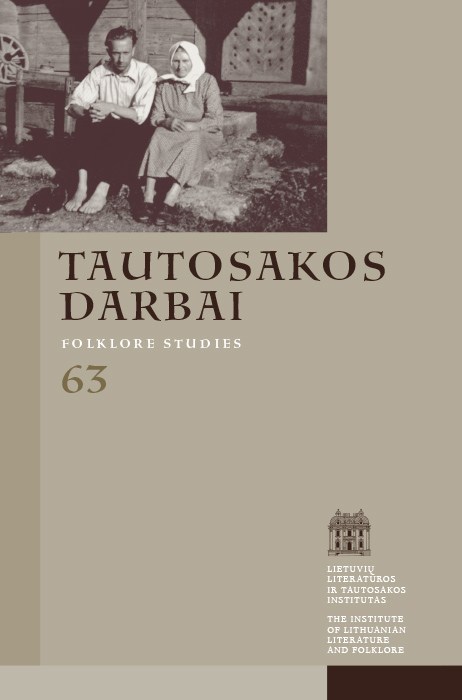Emocijų raiškos kaita lietuvių meilės dainose
Santrauka
Straipsnyje nagrinėjama, kokių socialinių ir kultūrinių aplinkybių kontekste vyko meilės dainų stilistikos ir turinio pokyčiai. Pasitelkus emocijų istorijos tyrimų teorines įžvalgas, analizuojama emocijų raiškos kaita dainuojamojoje tautosakoje meilės tematika. Modernėjančios visuomenės individualumo siekis, bendruomeninio gyvenimo nykimas traktuojamas kaip stimulas atkreipti dėmesį į asmenines emocines patirtis. Kintanti meilės dainų retorika siejama su visuomenės raštingumo lygio didėjimu ir autorinės poezijos gausėjimu. Siekiama aptarti rašto kultūros įtaką kaip esminį faktorių, į liaudies dainų lauką atnešusį romantinės meilės idėjos tropus ir jausmingos kalbos prototipus; gvildenami nauji meilės jausmo sampratos aspektai lietuvių meilės dainose.
